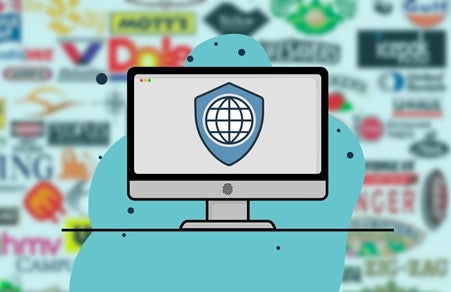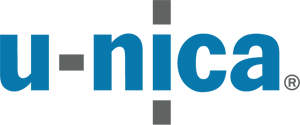
Every consumer likes a bargain and they’re often willing to compromise on quality to save on price. However, those shopping shortcuts can become long-term hazards for brand value, the reputation of a product or company and for society as a whole. Unfortunately, shoppers are more tempted and or vulnerable when buying online, a virtualised, often anonymous marketplace that offers more risk than reward.
Counterfeits damage brand value
Waking up to the threat counterfeiters pose is a brand’s first step toward security. Thankfully, there’s already a significant degree of awareness among the world’s retailers regarding the dangers caused by counterfeit goods. This awareness is particularly high in the US, which held the largest share in the anti-counterfeit packaging market in recent years.
Worldwide, that market is expected to hit over $248bn in the next six years, huge numbers for an equally huge threat. Soon, fewer than ten countries will have a greater GDP than the global counterfeiting market, which is expected to reach $1.82 trillion in 2020.
Even before online shopping, companies had to combat counterfeit goods in the market. But with the increase in online fraud and counterfeit goods, businesses face another challenge when protecting the integrity of their products and brand value.
Many consumers don’t realise the full extent of counterfeit goods in the marketplace. Cultivating and promoting awareness to the greater impact is so important because of these three very intertwined categories:
- Protection of individual or consumer interests
- Promotion of a more secure retail reality
- Creation of a safer society
Counterfeits and online shopping
Internet consumers often cannot spot counterfeits when purchasing and maybe even when, or if, they receive the product. Raising their awareness of the situation is a giant step towards protecting product value for brands, businesses and buyers.
When counterfeiters attack it undermines a buyer’s trust, which quickly hurts online brand value. In the world of internet reviews, negative press spreads like wildfire and hits brand value hard. 93% of consumers say online reviews influence their purchasing decisions. Some shoppers are less scrupulous, but this isn’t good news for your brand either.
The cost of counterfeit goods
The United Nations warns that counterfeit goods are ranked among the highest income sources for organised crime. Furthermore, since these fake goods are often smuggled illicitly across borders, they illegally sidestep taxes and customs duties, which can rob a country of millions.
Internet crime also removes the haptic effect, which is the hands-on ability for a consumer to inspect goods for quality and legitimacy. By the time they’ve received their order, a no refunds/no return operation has already taken their money.
Because of these illegal activities from counterfeit organisations, there can be an increase in the law enforcement budget to control these crimes and higher medical costs due to injuries from faulty products or fake medicines. This also does not include the fact that companies that wish to implement anti-counterfeit measures can potentially raise prices to help fund their security.
It just takes a few ‘bargain-hunting’ consumers purchasing counterfeit goods to increase the cost for all of society and decrease brand value all at the same time.
The importance of product protection
By incorporating anti-counterfeit product protection, companies can help limit the overall costs to all of society as it prevents injury from fake goods and removes the need for additional law enforcement.
Product protection requires several forms to be proactive against piracy such as counterfeit-proof labels, transport tracking and measures to prevent copying. This relies strongly on how far brand owners are willing to go to implement these anti-counterfeit solutions.
Because there are additional costs and processes involved, companies looking for anti-counterfeit measures often make a classic mistake, implementing a single layer of product protection.
Product protection operates under the security golden rule; the more layers of protection, the better. Single-feature security is much like only having a password on your business’ data. Having one simple password guarding your data, wouldn’t perturb any hacker determined to access your business.

